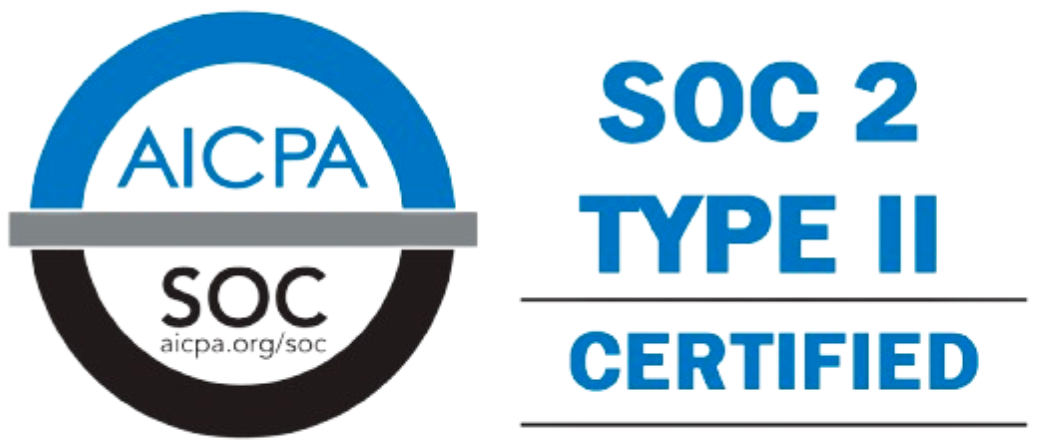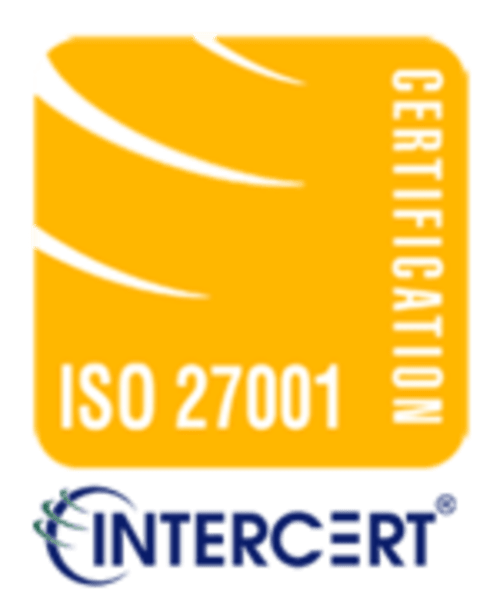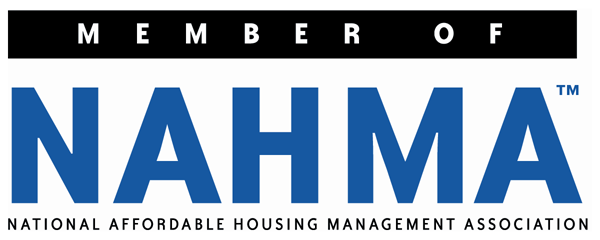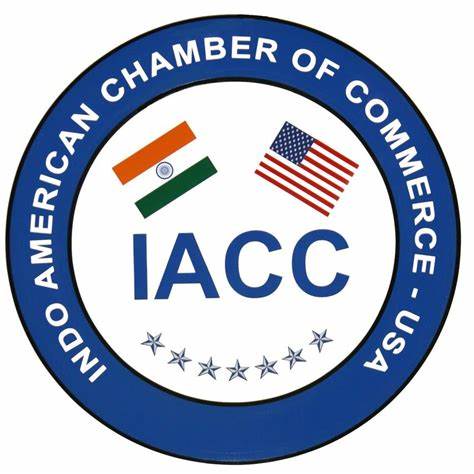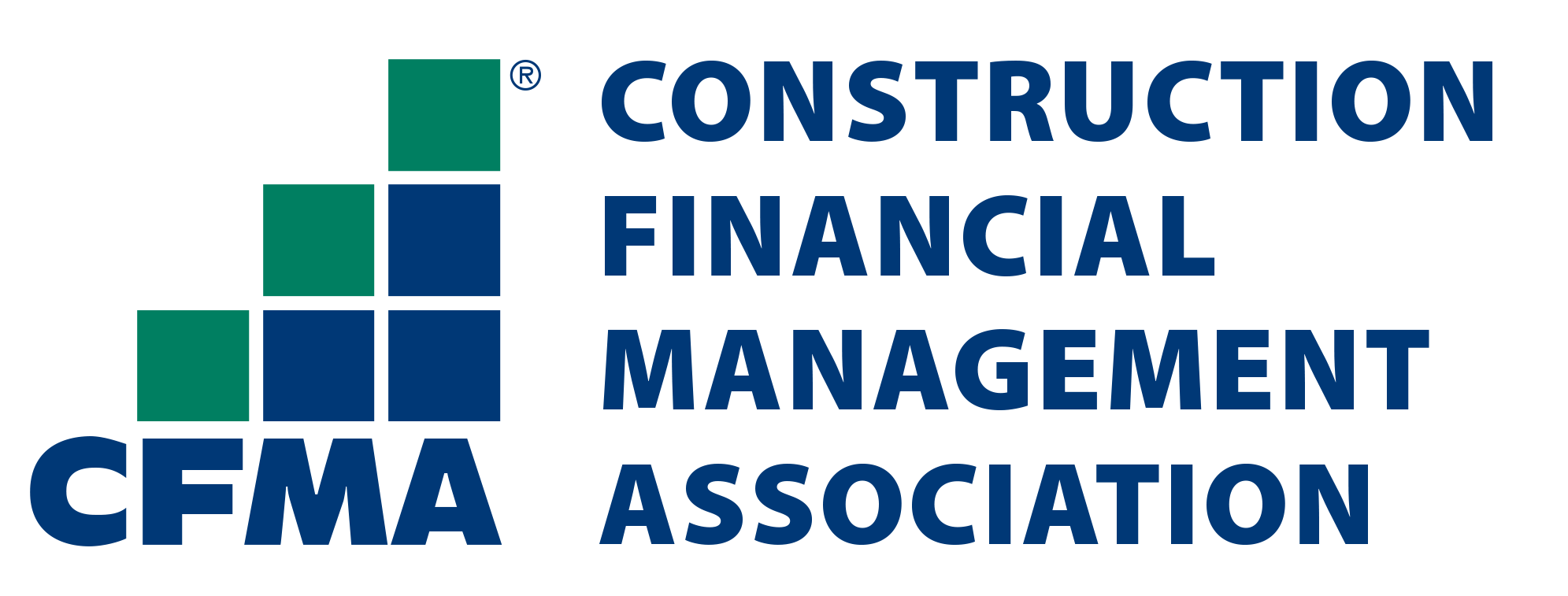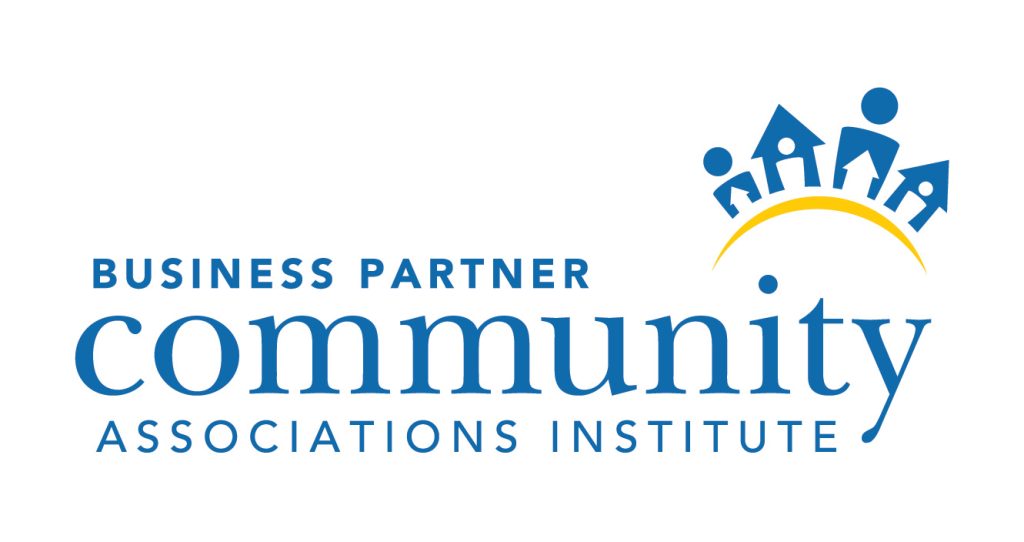
True Up Accounting: Your Complete Guide to Accurate Financial Records
- September 23, 2025
- OHI

True up accounting represents one of the most critical processes for maintaining accurate financial records, yet many businesses struggle with implementing effective true up procedures. Whether you’re managing month-end closings or preparing for annual audits, understanding true up accounting can significantly impact your company’s financial accuracy and compliance.
True up accounting involves adjusting previously recorded entries to reflect actual amounts when they become available. This process ensures that financial statements accurately represent a company’s true financial position by correcting estimates, accruals, and other provisional entries. The importance of true up accounting extends beyond simple bookkeeping—it directly affects stakeholder confidence, regulatory compliance, and strategic business decisions.
Many businesses find that mastering true up accounting procedures reduces audit complications, improves financial reporting quality, and provides clearer insights into actual business performance. This comprehensive guide will explore every aspect of true up accounting, from basic concepts to advanced implementation strategies that can transform your financial processes.

True up accounting serves as the bridge between estimated financial entries and actual economic events. When businesses record accruals, prepayments, or other estimates, they’re making educated guesses about future financial impacts. True up accounting corrects these estimates once actual data becomes available.
The process typically involves comparing recorded amounts with actual figures, calculating necessary adjustments, and posting correcting journal entries. This systematic approach ensures that financial statements reflect real business transactions rather than estimates that may have become outdated.
True up accounting becomes particularly crucial during period-end closings when companies must present accurate financial positions to stakeholders. Without proper true up procedures, financial statements may contain significant inaccuracies that could mislead investors, creditors, and management.
Effective true up accounting relies on several key components working together. First, businesses need robust estimation procedures that create reasonable baseline entries. These estimates should be based on historical data, current contracts, and observable business trends.
Second, companies must establish systematic review processes that identify when actual amounts differ from recorded estimates. This involves regular comparison of recorded entries with incoming invoices, bank statements, and other source documents.
Finally, true up accounting requires proper documentation and approval processes. Each adjustment should be supported by clear evidence and reviewed by appropriate personnel to ensure accuracy and maintain internal controls.
Every business has to make educated guesses with its finances. That’s what true up accounting is all about: going back and making sure those guesses match up with the real numbers. It’s a way of closing the loop and keeping your books honest. Here are a few of the most common times you’ll need to use it.
Accrued expense true ups represent the most common application of true up accounting. Companies regularly estimate expenses for services consumed but not yet billed, such as utilities, professional services, or maintenance costs.
Consider a manufacturing company that estimates $8,000 in monthly utilities based on production levels. When the actual utility bill arrives showing $7,650, the company must perform a true up accounting adjustment to reduce the accrued expense by $350.
Original Accrual Entry:
True Up Accounting Entry:
This true up accounting adjustment ensures that the financial statements reflect the actual utility cost rather than the estimated amount.
Revenue true ups occur when actual revenue amounts differ from initially recorded estimates. This situation is common in businesses with variable pricing, performance-based contracts, or complex revenue recognition requirements.
A software company might estimate $75,000 in monthly recurring revenue based on expected customer usage. If actual usage generates $73,200 in revenue, true up accounting procedures would adjust the revenue downward by $1,800.
The true up accounting process for revenue adjustments requires careful attention to revenue recognition principles and may involve multiple accounts depending on the complexity of the underlying contracts.
Prepaid expenses often require true up accounting when actual consumption or service delivery differs from initial estimates. Insurance premiums, software licenses, and maintenance contracts frequently need true up adjustments.
For example, a company prepays $24,000 for annual software licenses but later discovers that actual usage patterns require only $22,800 in licenses. True up accounting procedures would adjust the prepaid expense account and recognize the difference.

True up accounting plays a vital role in maintaining the integrity of financial records. Below are the key reasons why businesses prioritize this process to ensure accuracy, compliance, and informed decision-making.
| Reason for True Up Accounting | Explanation |
|---|---|
| Accuracy in Financial Statements | Ensures that reported figures reflect actual financial conditions. |
| Compliance with Regulations | Helps meet accounting standards like GAAP (Generally Accepted Accounting Principles) or IFRS (International Financial Reporting Standards). |
| Better Decision-Making | Provides management with accurate data for strategic planning. |
| Tax and Payroll Adjustments | Ensures that taxes and employee salaries are correctly calculated and paid. |
Think of it this way: to get true up accounting right, you need to be organized and smart about it. It’s not just about correcting a number; it’s about building a solid process. You can do this by creating a regular routine to check your numbers, keeping detailed records for everything, and using modern software to do the heavy lifting for you.
Successful true up accounting requires regular review cycles that systematically identify adjustment opportunities. Monthly reviews should focus on significant accruals and estimates, while quarterly and annual reviews address more comprehensive true up accounting requirements.
During monthly reviews, accountants should compare recorded accruals with available invoices and supporting documentation. Any variances exceeding predetermined thresholds should trigger immediate true up accounting procedures.
Quarterly reviews provide opportunities to assess the accuracy of estimation methodologies and identify patterns in true up adjustments. This analysis helps improve future estimates and reduces the magnitude of required true ups.
True up accounting demands comprehensive documentation to support each adjustment. This documentation should include the original estimation methodology, source documents for actual amounts, and detailed calculations showing how the true up was determined.
Proper documentation serves multiple purposes in true up accounting. It provides audit trails for external auditors, supports internal control procedures, and helps identify improvement opportunities for future estimation processes.
Additionally, well-documented true up accounting procedures facilitate knowledge transfer and ensure consistency when different team members perform similar adjustments.
Modern accounting software significantly enhances true up accounting efficiency and accuracy. Automated systems can flag variances between estimated and actual amounts, streamline journal entry preparation, and maintain detailed audit trails.
Many ERP systems include built-in true up accounting functionality that automatically generates suggested adjustments based on predefined parameters. These tools reduce manual effort while improving the consistency and accuracy of true up procedures.
Integration between accounting systems and operational databases can further enhance true up accounting by providing real-time access to actual consumption data, billing information, and other relevant metrics.
Advanced true up accounting strategies move beyond simple adjustments to improve the entire process. They focus on using analytical approaches to enhance estimation accuracy and implementing risk-based prioritization to allocate resources effectively. By leveraging technology and a commitment to continuous improvement, these strategies reduce the need for significant corrections, leading to more accurate and reliable financial statements.
Sophisticated businesses employ analytical techniques to improve true up accounting accuracy and efficiency. Trend analysis helps identify seasonal patterns that affect estimation accuracy, while variance analysis reveals systematic biases in estimation methodologies.
Statistical modeling can enhance true up accounting by providing more accurate initial estimates. By analyzing historical relationships between estimation inputs and actual results, companies can develop predictive models that reduce the magnitude of required adjustments.
Benchmarking against industry standards or similar business units can also inform true up accounting procedures. Understanding how peer companies handle similar estimates provides valuable context for evaluating internal processes.
Effective true up accounting focuses attention on areas with the highest potential impact. Risk assessment frameworks help prioritize true up procedures based on materiality, volatility, and estimation difficulty.
High-risk areas might include complex revenue recognition scenarios, significant accruals with high uncertainty, or estimates affecting key financial metrics. These areas warrant more frequent review cycles and enhanced documentation requirements.
Lower-risk estimates might be reviewed less frequently or subjected to simplified true up accounting procedures. This risk-based approach optimizes resource allocation while maintaining appropriate control over financial reporting accuracy.
Every industry has its own way of doing business, and that includes their finances. What works for a factory might not work for a software company. That’s why it’s so important to tailor your true up accounting—making sure your financial estimates match reality—to your specific industry. By understanding the unique challenges of your sector, you can keep your books accurate and your business on solid ground.
Manufacturing businesses face unique true up accounting challenges related to inventory valuation, production costs, and capacity utilization. Work-in-process inventory often requires true up adjustments when actual production costs differ from standard costs.
Utility costs in manufacturing can be particularly volatile, requiring sophisticated estimation techniques and frequent true up accounting procedures. Seasonal production patterns add complexity to these estimates.
Service companies typically encounter true up accounting requirements for billable hours, project completion percentages, and performance-based revenue. Professional services firms must regularly true up time and expense accruals based on actual project outcomes.
Subscription-based service companies face revenue recognition true ups when customer usage patterns differ from expectations or when pricing changes affect contract values.
Technology businesses often deal with complex revenue recognition requirements that necessitate sophisticated true up accounting procedures. Software licensing, cloud services, and support contracts each present unique challenges.
Research and development costs may require true up adjustments when actual expenditures differ from budgeted amounts or when project scope changes affect capitalization decisions.

Many businesses find that accounting outsource arrangements can significantly improve their true up accounting capabilities. Professional accounting firms bring specialized expertise, advanced technology platforms, and proven methodologies to true up procedures.
Accounting outsource providers often maintain dedicated true up specialists who understand industry-specific requirements and can implement best practices across multiple client engagements. This expertise can be particularly valuable for companies with limited internal accounting resources.
Additionally, accounting outsource arrangements can provide access to sophisticated analytical tools and reporting capabilities that might be cost-prohibitive for individual companies to implement internally.
Choosing an accounting outsource provider for true up accounting requires careful evaluation of technical capabilities, industry experience, and service delivery models. The provider should demonstrate expertise in relevant accounting standards and possess robust quality control procedures.
Communication capabilities are crucial for effective accounting outsource relationships. The provider should be able to explain complex true up accounting concepts clearly and collaborate effectively with internal teams.
Technology integration capabilities also matter significantly. The accounting outsource provider should be able to work seamlessly with existing systems and provide appropriate access to true up documentation and supporting analysis.
Successful true up accounting programs require systematic measurement and continuous improvement. Key metrics might include the average magnitude of true up adjustments, the percentage of estimates requiring significant corrections, and the time required to complete true up procedures.
Trend analysis of these metrics helps identify improvement opportunities and demonstrates the value of enhanced estimation procedures. Reducing the frequency and magnitude of true up adjustments often indicates improving estimation accuracy.
Audit feedback provides another important measure of true up accounting effectiveness. Fewer audit adjustments and positive auditor comments on estimation processes suggest successful implementation of true up procedures.
True up accounting programs benefit from regular evaluation and enhancement. Monthly or quarterly assessments should identify patterns in adjustments, evaluate the effectiveness of current procedures, and develop action plans for improvement.
Training programs help ensure that all team members understand true up accounting requirements and can execute procedures consistently. Regular training updates are particularly important when accounting standards change or when new estimation challenges emerge.
Technology upgrades and process refinements should be evaluated regularly to ensure that true up accounting procedures remain efficient and effective as business needs evolve.

To help you quickly identify the typical journal entries involved in true up accounting, the table below summarizes the most frequent scenarios and their corresponding debit and credit entries:
| Scenario | Original Entry | True Up Entry | Purpose |
|---|---|---|---|
| Accrued Expense True Up | Debit: Expense (e.g., Utilities Expense) Credit: Accrued Liabilities | Debit: Accrued Liabilities Credit: Expense | Adjust estimate to actual incurred expense |
| Revenue True Up | Debit: Accounts Receivable or Deferred Revenue Credit: Revenue | Debit: Revenue Credit: Accounts Receivable or Deferred Revenue | Adjust revenue recognized to actual amount |
| Prepaid Expense True Up | Debit: Prepaid Expense Credit: Cash/Accounts Payable | Debit: Expense Credit: Prepaid Expense | Recognize actual expense from prepaid balance |
| Inventory Cost True Up | Debit: Inventory Credit: Accounts Payable or Cash | Debit/Credit: Cost of Goods Sold Credit/Debit: Inventory | Adjust inventory to actual cost incurred |
| Deferred Revenue True Up | Debit: Deferred Revenue Credit: Revenue | Debit: Revenue Credit: Deferred Revenue | Recognize earned revenue from deferred balance |

True up accounting excellence requires commitment to systematic procedures, continuous improvement, and appropriate resource allocation. Start by assessing your current true up practices and identifying areas for enhancement. Focus on high-impact areas first, then gradually expand improved procedures across all estimation categories.
Consider whether your organization might benefit from accounting outsource support to accelerate true up accounting improvements. Professional expertise can help implement best practices quickly while building internal capabilities for long-term success.
Remember that true up accounting is ultimately about providing stakeholders with accurate, reliable financial information. The investment in robust true up procedures pays dividends through improved decision-making, enhanced stakeholder confidence, and reduced audit complications. Take action today to transform your true up accounting capabilities and strengthen your organization’s financial foundation.
A true up is an adjustment made to previously recorded financial entries to reflect the actual amounts once they are known, ensuring financial statements accurately represent the company’s financial position.
True ups are commonly performed during month-end and year-end closing processes, after receiving actual invoices, final reports, or audit findings that reveal discrepancies from initial estimates.
Typical scenarios include accrued expenses (like utilities), prepaid expenses (such as insurance), revenue recognition adjustments, tax provisions, and inventory cost corrections.
True ups improve the accuracy and reliability of financial statements by correcting estimates, which helps stakeholders make better-informed decisions and ensures compliance with accounting standards.
Yes, modern accounting software and ERP systems can automate accrual tracking, flag variances, and streamline the preparation of true up journal entries, reducing manual errors and improving efficiency.
Proper documentation includes the original estimate methodology, source documents supporting actual amounts (invoices, contracts), detailed calculations, and approval records to maintain audit trails and internal controls.
No, true ups are essential for businesses of all sizes to ensure financial accuracy. Even small businesses that use estimates for accruals or prepayments benefit from regular true up procedures.
Contact us for a customized NO OBLIGATION proposal for outsourcing your accounting activities.
